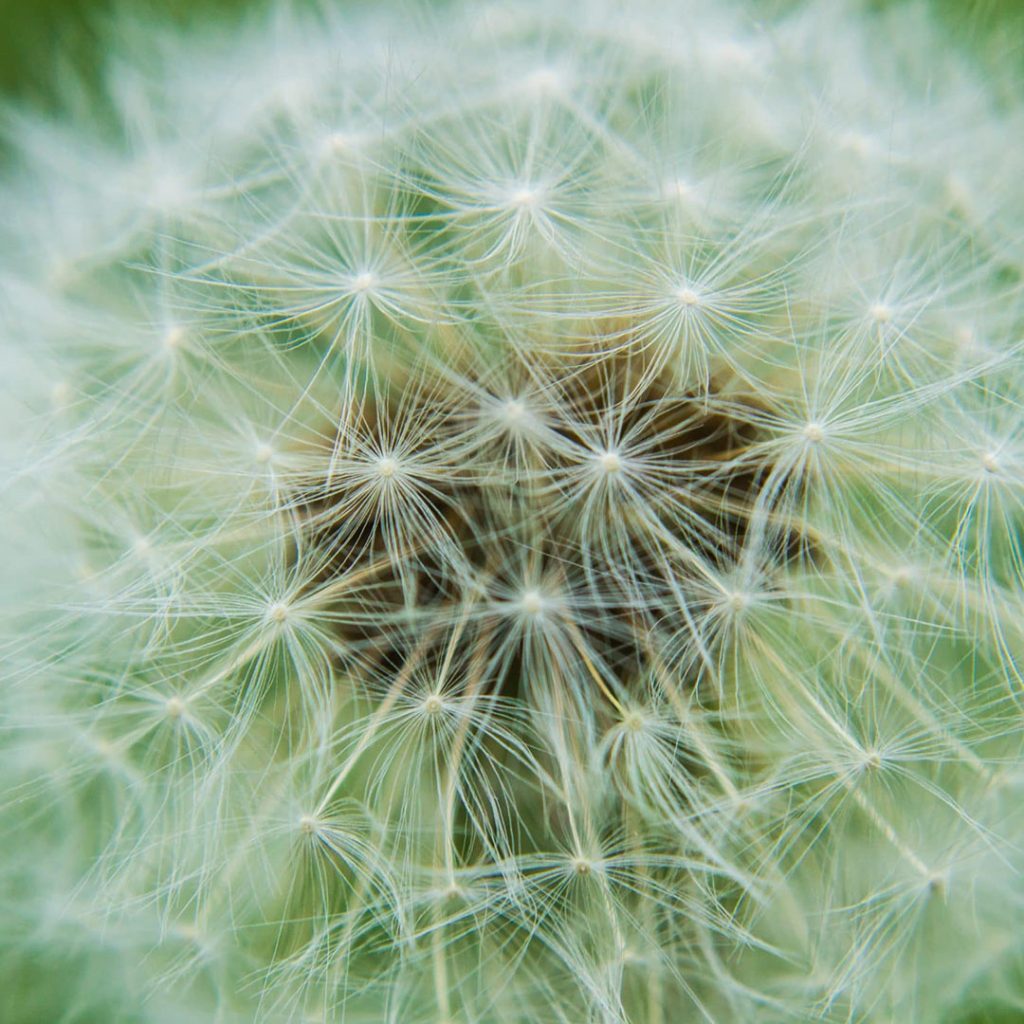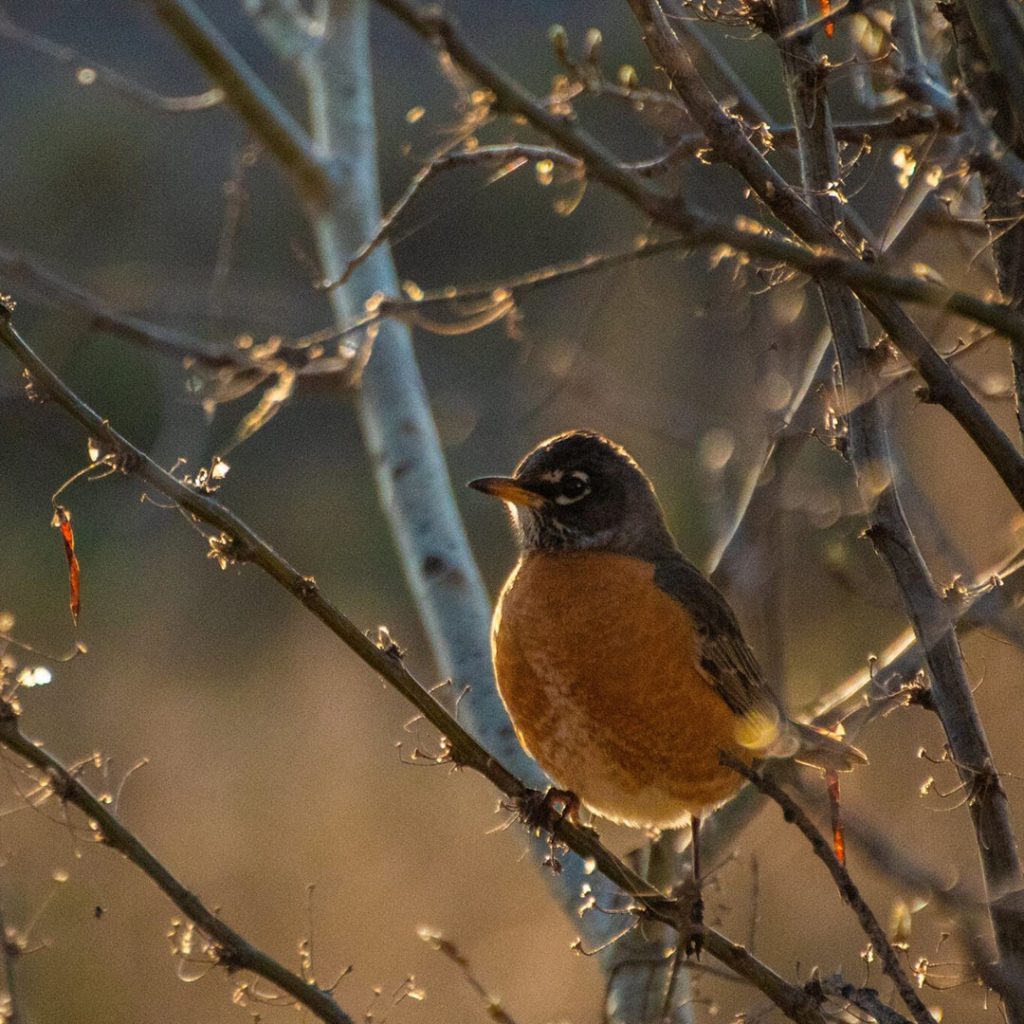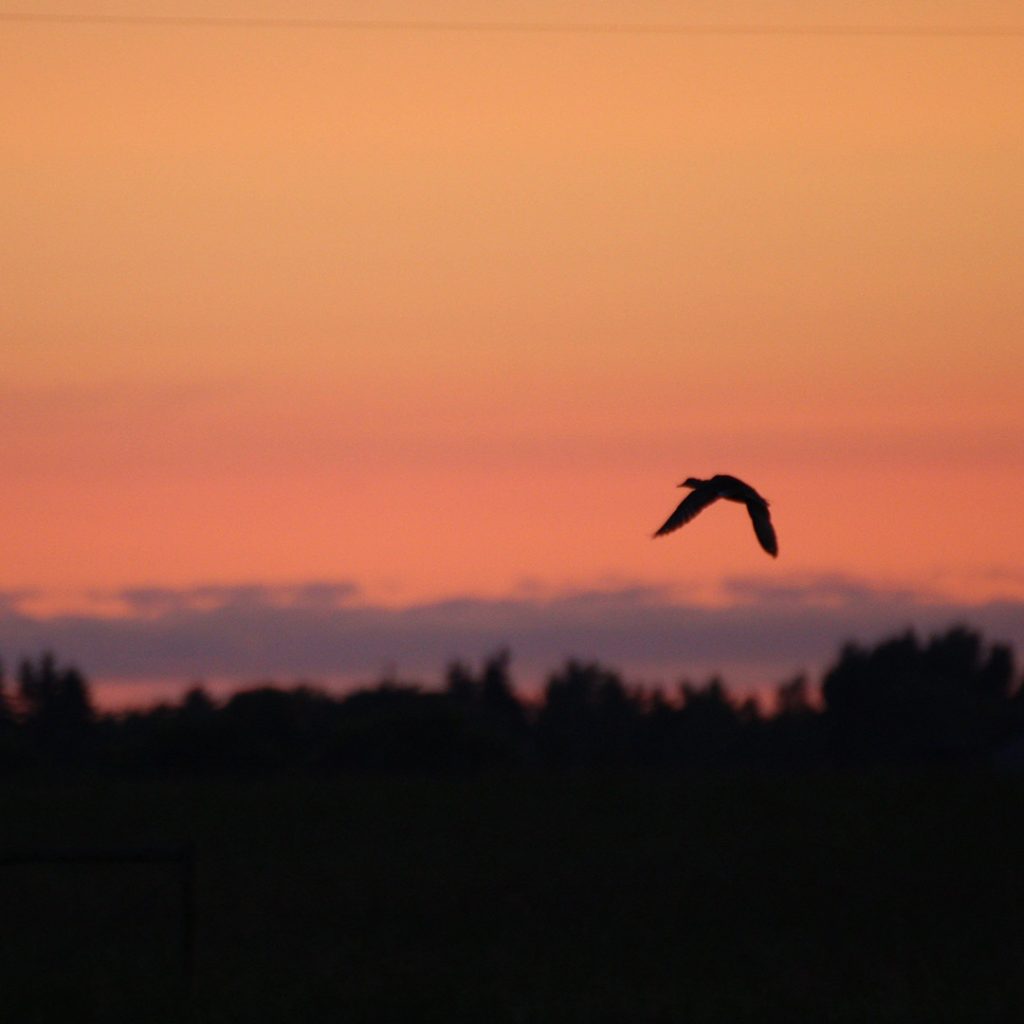For me, prairie wool conjures up images of rolling, verdant grasslands and quiet herds of grazing bison on a warm and breezy afternoon. This is a historic and iconic image of the region in which I live, although it seems hard to believe when I gaze around the countryside today.
For the purpose of this blog, I conducted a small poll, and it turns out that there are many folks who do not know of what I speak. Allow me to elucidate.
No, it’s not a fibre woven into your mittens or the jacket Aunt Mabel sent you from Scotland: prairie wool is a grass that is native to the prairies. It was here when bison roamed the land and remains an intrinsic part of our natural prairie landscape today.
It was essential to existence on the prairies for hundreds of years. According to what I’ve read, bison would typically graze along the southern plains of North America in summer. Late in the fall they worked their way north, into my area, to feed on the long, tangled tufts of prairie wool over the winter. Since the grass “cures” itself and leaves much of the nutrient value in the plant, it was perfect for foraging on throughout that harsh Canadian season.

Further along into history, I am sure that when the panorama of an endless, rippling green sea met the eyes of the first settlers, they were filled with hope for a lush and fertile beginning in this land. It was those same settlers who first gave it the name, due to its clumpy, uneven appearance, although its official name is Plains Rough Fescue (which is not nearly so charming).
My own love for prairie wool stems from childhood. Every spring our family would traipse up onto hills of the “Knight” place (the name of the man who first settled that piece of land)hunting for crocuses. They, like prairie wool, only grow in wild areas of untouched land.
How exciting it was to unearth the first, velvety purple colors of spring hidden among the brown, brittle grass! In the spring, so long as it has not been grazed down, the long, dense tussocks become almost crisp and they crunch underfoot. It was that crunch that I found intriguing as a child and I asked my father about it. He told me it was called prairie wool and that there wasn’t much of it left, due mainly to human intrusion.

As we ambled along he also pointed out a buffalo wallow on the side of that same hill which further brought home how the two are inextricably entwined. I remember feeling a thrill of times past as I looked out across the land and imagined the great herds that must have wandered these slopes.

It has become our family’s tradition to spend an afternoon each spring on those hills. They and the surrounding countryside have become an inherent part of me and will so remain no matter where I may reside. If we think about it, areas such as this may evoke a similar response in many of us. Pleasant memories of our youth, a camping or hunting trip or conceptions of how things might have looked in our not so distant past.

Sadly though, prairie wool, once cultivated or otherwise disturbed, does not return. We can see, therefore, that areas of this native grassland provide a timeless link to our history and as such, are worthy of preservation as a national treasure. And now you know.
